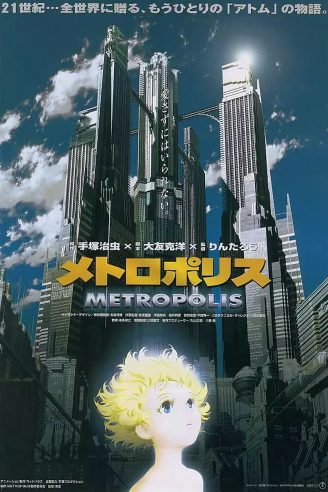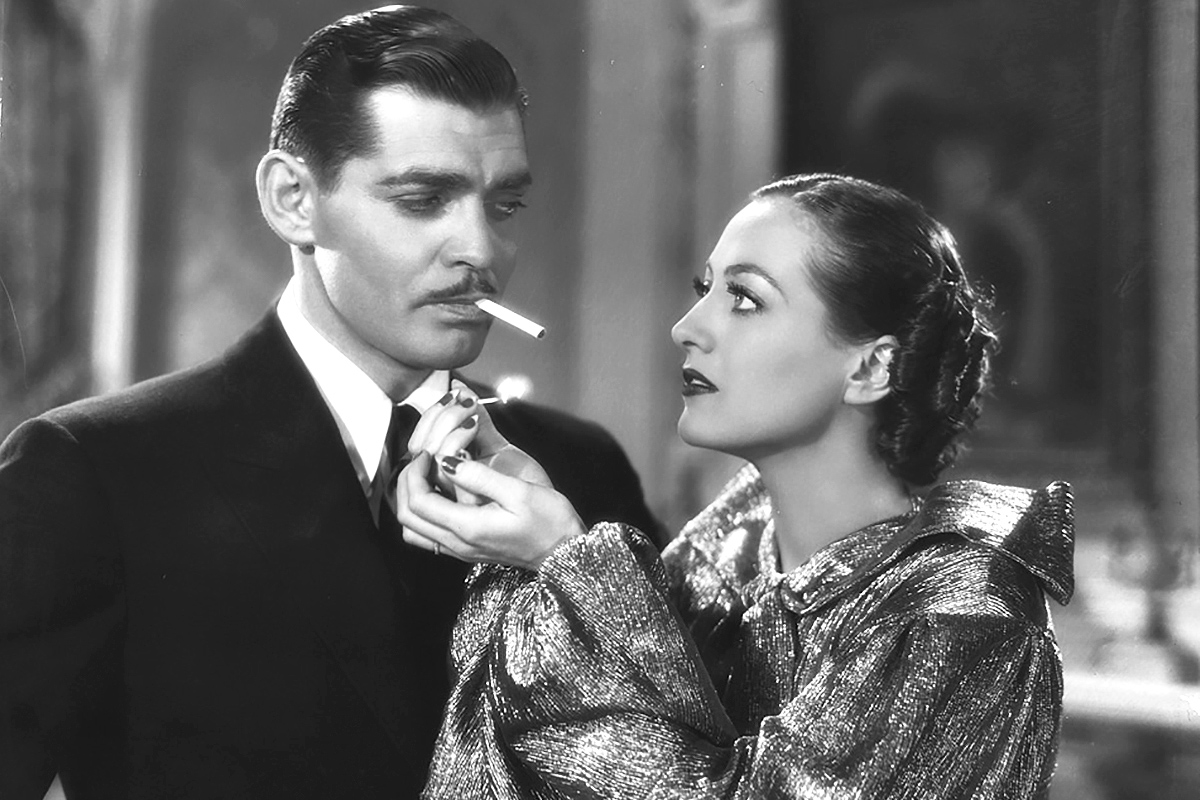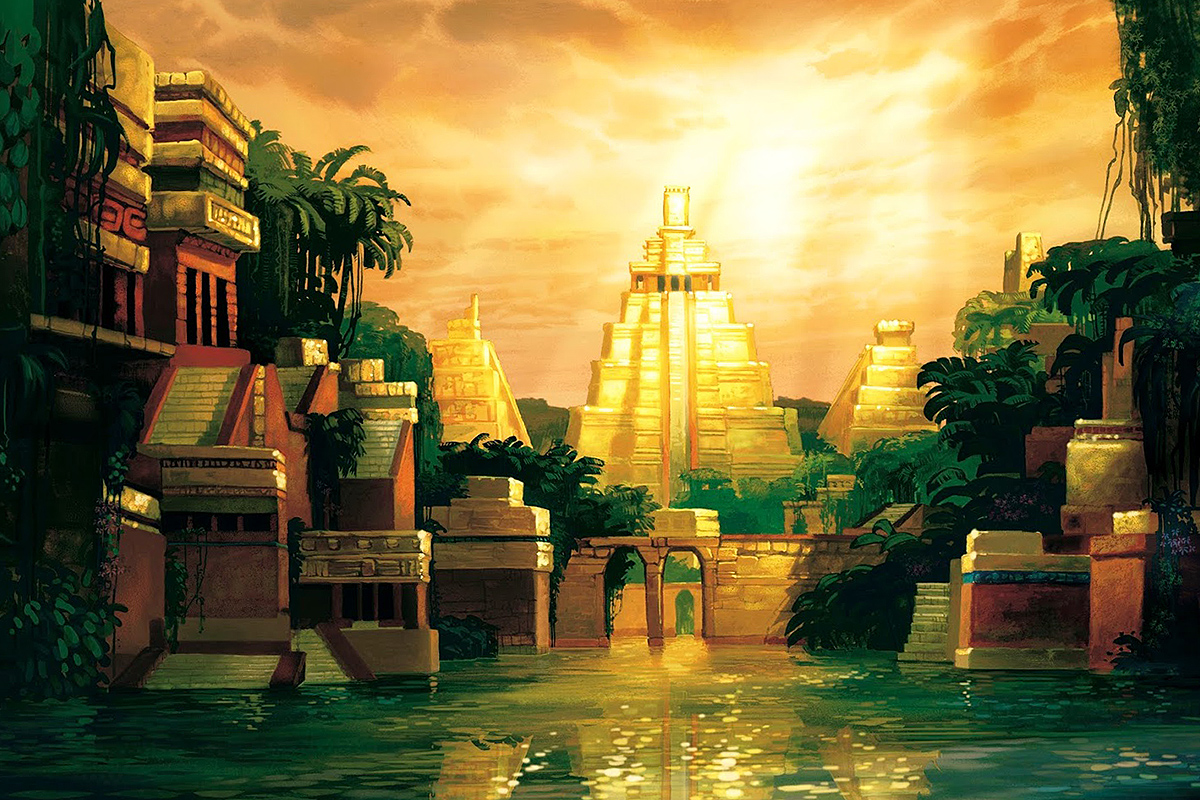It is difficult to describe the exact relationship between the 2001 anime Metropolis, directed by Rintaro, and Fritz Lang’s 1927 silent film of the same name without longwinded explanations or vague terms like “inspired by” or “loosely based upon.”
As a matter of fact, the anime is chiefly a filmic adaptation of a 1949 manga by Osamu Tezuka, best known as the creator of Astro Boy, which is purported to be “loosely inspired” by a few promotional images of the famous masterpiece of silent cinema.
The result is a complex creation. The story borrows from many themes, concepts, and settings present in the German original, such as revolution, social stratification, robot life and, of course, the “metropolis” that is its namesake. However, the characters and narrative are born of their own world, and the setting varies in its scope and particulars.
Perhaps this is a good thing. Straight remakes of classics very rarely live up to their originals. Perhaps this is in part due to the fact that, as audiences, we have come to value these classics so highly that it becomes hard to accept revisions as anything but imitations of the old version we have come to love so dearly. In this way, I think that Rintaro’s Metropolis is able to succeed. It is its own thing, and we can appreciate it as such.
The plot of this Metropolis revolves around a young boy named Kenichi, whose private detective of an uncle is searching for a mad scientist wanted for trafficking in human organs. In the process of their search, Kenichi saves and befriends a robot girl named Tima. This entangles them in a struggle between the government, headed by Tima’s father, Duke Red, and revolutionaries struggling to earn equal rights for robots.
Ultimately, their fates lead them to a recently built skyscraper called the Ziggurat, which is in fact a powerful weapon.
The resulting story is one that is ultimately geared toward youth, though it may be a little too scary and “over their heads” for younger children. Overall, the story provides enough levels to be enjoyed by older kids and adults alike.
Visually, the animation style of Metropolis reminds one of a twenty-first-century Astro Boy, as one may guess about an adaption of a work by its creator. The architecture, plentiful in the city scenes, certainly stems from Modernism and Art Deco, as they did in the original silent work, and the general aesthetic will be welcomed by any fans of that era.
In the end, the film presents itself as rather hard to place. Though set comfortably in the world of dieselpunk, it oscillates between Ottensian optimism and Piecraftian themes of revolt and dystopia. The story is one that is certainly interesting and exciting for adults, but handled with a younger audience in mind. Its message is sure to warm some hearts, though not without a few impressive explosions thrown in for good measure. A must-see for fans of Astro Boy and a welcomed friend of Hayao Miyazaki’s films, Metropolis will also provide plenty of sly nods and ovations to fans of Fritz Lang’s masterpiece.
This story first appeared in Gatehouse Gazette 7 (July 2009), p. 8, with the headline “Rintaro, Robots and Revolution; Metropolis”.





